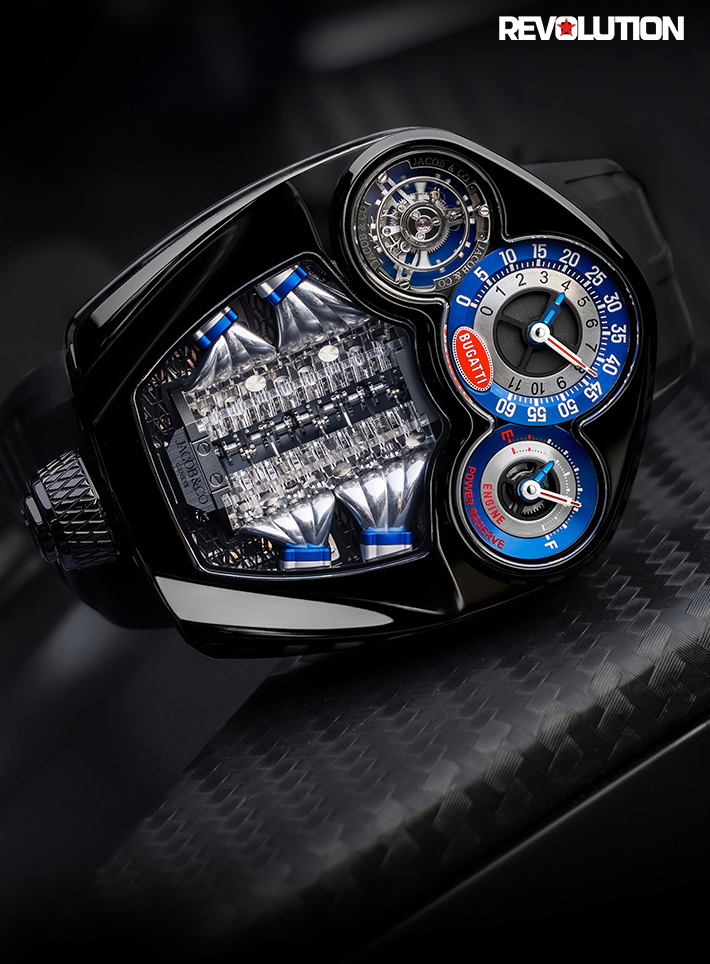FeatureAutomatic Movement
Know what goes on inside your watch
May We Recommend
An automatic or self winding movement is a mechanical watch movement that is wound by the motion of the wearer’s wrist. It is the most innovative breakthrough in the field of horology that changed the watchmaking industry forever. No more did people consider Swiss watches to be old tiresome winding machines. With a self winding movement the accessibility and reach of automatic watches increased and the world.

The mechanism of an automatic watch resembles that of a mechanical watch. It includes a mainspring which is wound automatically due to the natural motion of the wearer’s arm. The automatic movement was said to be invented by Swiss watch maker Abraham-Louis Perrelet in the early 1770’s. The functionality was based on the principle of winding of the mainspring through movement. Similar to a Pedometer that was designed to wind as the owner walked, the rotor turns the pivot which turns the circular motion into energy store in the main spring.

Even though the father of automatic movement is said to be Perrelet, the first actual and accurate drawing was made by Hubert Sarton in 1778. Years after the automatic movement attained fame with its improved mechanism it was used quite often on a daily basis as a pocket watch. The concept of a self winding wristwatch did not appear until the World War I. Many watch makers created specific movements for that time onwards including Rolex, Patek Philippe etc.

An automatic watch attains energy through the motion of the wearer’s wrist. A general automatic watch is composed of more than 70 parts. As a watch runs, the mainspring looses energy. Hence it is necessary to wind a watch in order to store energy that runs the timekeeper. In a self winding mechanical movement, the internal mechanism is such that through the movement of the wrist the energy gets stored. The rotor or eccentric weight turns on a pivot attached to a ratcheted winding mechanism. The motion of the wrist hence translates circular motion into kinetic energy.
View Our Entire Collection Of Automatic Watches
A fully wound mainspring can store energy for roughly two days. In general cases, the watch is wound by the movement of the wrist; otherwise a watch winder is used for the same. Once the mainspring unwinds the energy is transferred to the gear train which distributes the energy equally and then transfers it to the escapement wheel and then the balance spring which maintains the accuracy of the watch. This entire procedure happens in a very fast speed and hence is a marvel to see from the back of the case. An automatic watch is the marvel of modern horology and each brand has crafted finer versions of it through innovation and watchmaking skills.









Automatic slim watch with steel strap for men below 50000